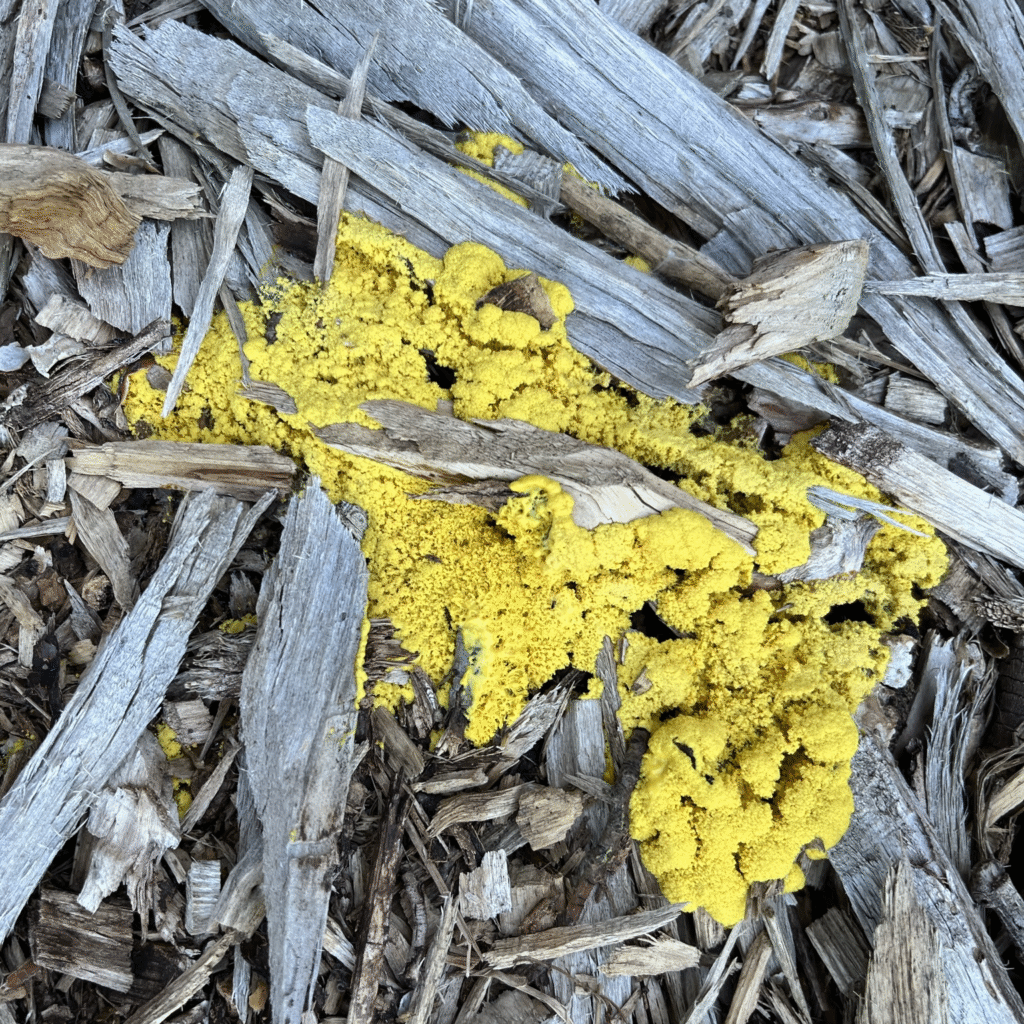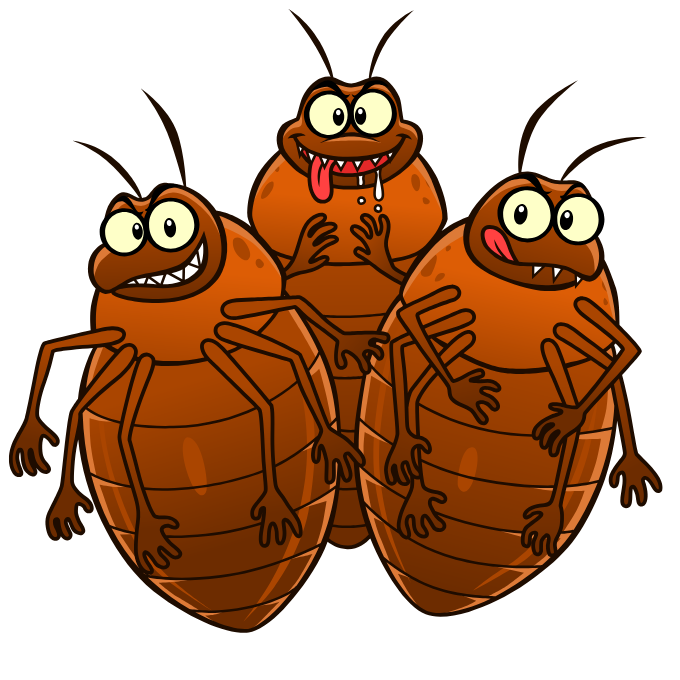What is the Strangest Thing in the Garden?

The garden attracts all kinds of creatures large and small. Weeds you have never seen before. Rats, mice, skunks, possums, and raccoons. Insects of all kinds. Beetles, worms, spiders, pill bugs, earwigs, bees, wasps, and more!
By far, the strangest thing in the garden is an organism that preys on the soil bacteria that decomposes mulch and builds good soils — the myxomycetes (slime molds)!
Slime Molds used to be classified as a type of fungi, but now has its own phylogenetic family. This interesting “creature” can be seen during hot, moist conditions in the mulch. Rainy days in July are perfect for it to get started here in Colorado. It forms a mass called a plasmodium to reproduce and it lasts only a few days until it dries out and gets redistributed as spores.
Most people are not aware of slime molds and can be alarmed when they see them for the first time. Slime molds are not dangerous, not toxic, and have a short-lived appearance in the garden. If anything, it is a sign of a healthy ecosystem operating in the mulch garden. The mass can grab onto plant stems for support sometimes, but will not cause any harm to the plant.
The first time I saw this in the garden was about two or three years after I had been using mulch in large quantities. It is very colorful and really stands out. It appears literally within a few hours, bubbling up from the mulch.
The first time I saw one, I worried that I could have gotten a bad batch of mulch or there was some chemical that was reacting in the mulch! It was quite alarming until I found references to slime molds in the gardening literature. Now I view it as one of the most interesting and unusual creatures in the complex food web that makes up this garden.


Plasmodial slime molds start out as ameboid cells distributed in the soil, not visible to the naked eye. When conditions are right, they mass together to form a multinucleate blob called a plasmodium.
Some plasmodiums can be quite large (up to several meters square), although the ones that appear in my garden are rarely larger than a square foot. They can move several inches over the course of several days. When the reproductive process has been completed, the plasmodium dries up and blows away as spores in the wind.
Larger organisms feed on the plasmodium including ants, beetles, and nematodes.
For more photos and information about slime molds, check out the videos below.

